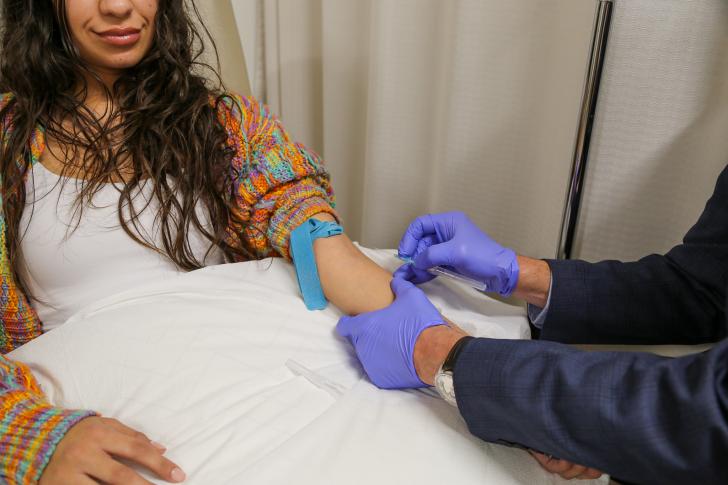Hydrotherapy: The Wonder Medicine Hidden in Plain Sight

Published
A bag of ice on a bruise, a hot bath after a long day, a cold wash cloth on a feverish forehead, warm water bottle on a sore neck...they're all hydrotherapy!
Hydrotherapy, the therapeutic use of water, includes everyday remedies your mother probably taught you. It also includes a slew of powerful methods for easing muscle soreness, relieving cold and flu symptoms, reducing stress, and other uses. In one form or another, they all use one of the most elemental materials on earth.
“Water is an amazingly complex yet simple substance that can do all kinds of healing things,” says Dean E. Neary, Jr., ND, Bastyr University associate professor. “In this high-tech world, some of the best remedies are the most basic.”
Patients can receive hydrotherapy treatments, which include:
- Peat bath, a warm 20-minute bath with pain-relieving minerals
- Contrast therapy, alternating hot and cold treatments that facilitate muscle recovery
- Constitutional hydrotherapy, an older method of stimulating the body’s vital force and immune system through hot and cold towels and electrotherapy devices
- Combination of these with other physical-medicine treatments, including soft-tissue massage or spinal adjustments.
Hydrotherapy harkens back to the roots of naturopathic medicine, which leaders like Sebastian Kneipp developed in Germany in the 19th century as an alternative to pharmaceuticals. Yet it’s an essential part of medicine, even for the world’s most highly paid athletes. Just look at the training rooms of professional sports teams, says Dr. Neary.
If you go to the training rooms of the NFL, NBA or MLB, there’s a lot of wealth a


